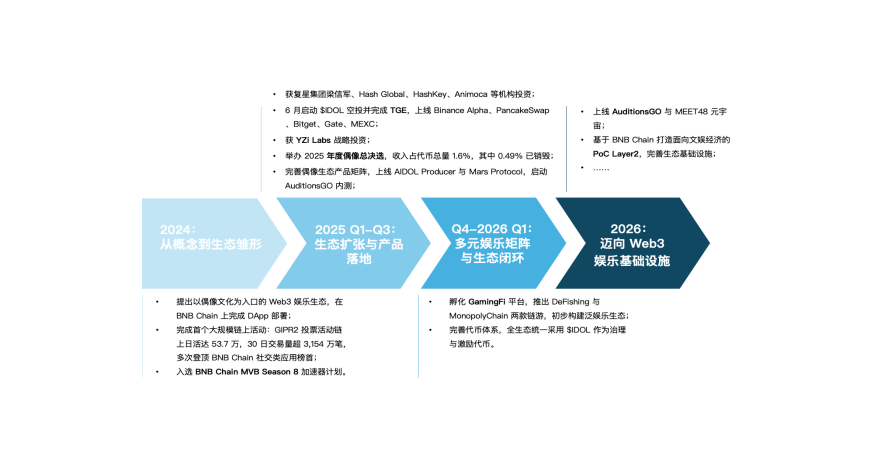Asia’s Natural Gas Renaissance: Cross-Border Collaborations Power a New Energy Era
- Asia’s natural gas market is reshaping through cross-border infrastructure, decarbonization, and geopolitical alliances, driven by rising demand and energy security needs. - China expands pipelines and LNG imports, while Japan and South Korea deepen regional partnerships, using gas as a strategic tool to diversify energy sources and reduce coal reliance. - U.S. LNG dominance (95% of new export projects) fuels Asia’s 70% global LNG demand by 2030, but infrastructure bottlenecks and geopolitical tensions p
Asia’s natural gas market is undergoing a seismic shift, driven by a confluence of rising energy demand, decarbonization imperatives, and geopolitical realignments. At the heart of this transformation lies a surge in cross-border infrastructure projects and partnerships, which are redefining the region’s energy architecture. From China’s sprawling pipeline expansions to Japan’s LNG-driven alliances with Southeast Asia, the stakes are high for investors and policymakers alike.
The Infrastructure Boom: Pipelines and LNG Terminals as Catalysts
The Asia Gas Tracker reveals a staggering 98,000 kilometers of gas pipelines in development across East, South, and Southeast Asia, alongside 137 LNG terminals and 377 gigawatts of gas-fired power plants [1]. This infrastructure surge is not merely about scale but strategic positioning. India, for instance, is projected to see a 60% increase in LNG demand by 2030, driven by gas-fired power and transportation [2]. Similarly, Bangladesh and Thailand are expanding LNG infrastructure to diversify energy sources and reduce reliance on coal.
China’s investments are equally transformative. The Central Asia–China Gas Pipeline, now in its fourth phase, is expanding capacity to 85 billion cubic meters annually, ensuring a steady flow of gas from Turkmenistan, Uzbekistan, and Kazakhstan [3]. Meanwhile, the West-East and Sichuan-East pipelines are being upgraded to enhance domestic distribution, addressing China’s chronic gas storage challenges [4].
Cross-Border Collaborations: A Geopolitical and Economic Nexus
The region’s energy dynamics are increasingly shaped by partnerships that transcend borders. Japan, for example, has deepened ties with Malaysia and Indonesia in 2025, focusing on carbon capture, green hydrogen, and LNG infrastructure [5]. These efforts are part of the “Asia Zero Emissions Community” (AZEC), a framework that aligns Japan’s commercial interests with regional decarbonization goals. Tokyo Gas, Osaka Gas, and JERA have collectively invested $93 billion in LNG projects since 2013, underscoring their role as regional energy hubs [6].
South Korea is also pivoting, with pipeline expansions to Russia and Central Asia to diversify imports and bolster energy security [7]. Meanwhile, Vietnam’s cross-border pipelines from Malaysia and Indonesia are critical to meeting its industrial energy needs [8]. These collaborations highlight a broader trend: natural gas is no longer just a fuel but a geopolitical tool, enabling countries to hedge against supply risks and assert influence.
The LNG Revolution: U.S. Dominance and Regional Rebalancing
The Global LNG Capacity Tracker underscores the U.S. as the dominant force in new LNG export capacity, accounting for 95% of sanctioned projects in 2025 [9]. Projects like Corpus Christi and Golden Pass are fueling a surge in U.S. exports to Asia, which is expected to absorb 70% of global LNG by 2030 [10]. This shift is reshaping trade dynamics: India, Indonesia, and Japan could reduce their U.S. trade surpluses by 20% through increased LNG purchases [11].
However, the U.S. is not the only player. The Middle East and Asia Pacific are advancing their own LNG projects to meet demand, with Saudi Arabia’s $11 billion Jafurah midstream deal with Global Infrastructure Partners exemplifying the scale of private-sector involvement [12]. These developments signal a multipolar LNG market, where competition and cooperation coexist.
Challenges and Opportunities for Investors
While the outlook is bullish, risks persist. Infrastructure bottlenecks, such as the Permian Basin’s takeaway capacity constraints, could delay U.S. LNG exports [13]. Similarly, geopolitical tensions—such as disputes over pricing in the Central Asia–China pipeline—highlight the fragility of cross-border projects [14].
Yet, the opportunities are vast. The Asia-Pacific natural gas pipeline market is projected to grow at a 13.15% CAGR, reaching $19.85 billion by 2033 [15]. Investors should also note the rise of hybrid models, such as Singapore’s GasCo and SGEI, which blend public and private capital to stabilize supply chains and enable low-carbon imports [16].
Conclusion: A New Energy Paradigm
Asia’s natural gas market is no longer a side note in the global energy transition—it is a central player. Cross-border collaborations and infrastructure investments are not just addressing immediate energy needs but laying the groundwork for a more resilient, diversified, and sustainable energy future. For investors, the message is clear: this is a market where strategic foresight and agility will determine success.
Source:
[1] Asia Gas Tracker,
[2] The new energy equation: Why LNG is vital to the future of ...
[3] Central Asia–China gas pipeline,
[4] China prioritizes gas infrastructure expansion in 2025 amid storage challenges,
[5] Hydrogen News from Asia (March 2025),
[6] Japan's LNG pivot to Southeast Asia is more greed than green,
[7] Gas Pipeline Infrastructure Market by Applications,
[8] Asia-Pacific Natural Gas Pipeline Market by Applications ...,
[9] Global LNG Capacity Tracker – Data Tools,
[10] How Asia Is Boosting Global Natural Gas Consumption,
[11] ENERGY ASIA: ASEAN may become net LNG importer by early-2030s,
[12] Aramco Signs $11 Billion Jafurah Midstream Deal with International Consortium Led by Global Infrastructure Partners,
[13] 2025 Oil and Gas Industry Outlook,
[14] The politics of cross-border pipelines: Considering ...,
[15] Natural Gas Pipelines 2025-2033 Trends,
[16] APAC Energy Pulse – June 2025
Disclaimer: The content of this article solely reflects the author's opinion and does not represent the platform in any capacity. This article is not intended to serve as a reference for making investment decisions.
You may also like
Mars Morning News | Michael Saylor calls: Buy Bitcoin now
Trump Media & Technology Group’s Q3 losses widened to $54.8 million, and it holds substantial amounts of bitcoin and CRO tokens; US consumer confidence has fallen to a historic low; a whale bought the dip in ZEC and made a profit; a bitcoin whale transferred assets; Michael Saylor called for buying bitcoin; the Federal Reserve may initiate bond purchases. Summary generated by Mars AI. The accuracy and completeness of this content is still being iteratively updated by the Mars AI model.

MEET48: From Star-Making Factory to On-Chain Netflix — How AIUGC and Web3 Are Reshaping the Entertainment Economy
Web3 entertainment is moving from the retreat of the bubble to a moment of restart. Projects represented by MEET48 are reshaping content production and value distribution paradigms through the integration of AI, Web3, and UGC technologies. They are building sustainable token economies, evolving from applications to infrastructure, aiming to become the "Netflix on-chain" and driving large-scale adoption of Web3 entertainment.

Digital Euro: Italy Advocates for a Gradual Implementation

Ethereum Validator Queues Surge as 2.45M ETH Sits in Exit Line
